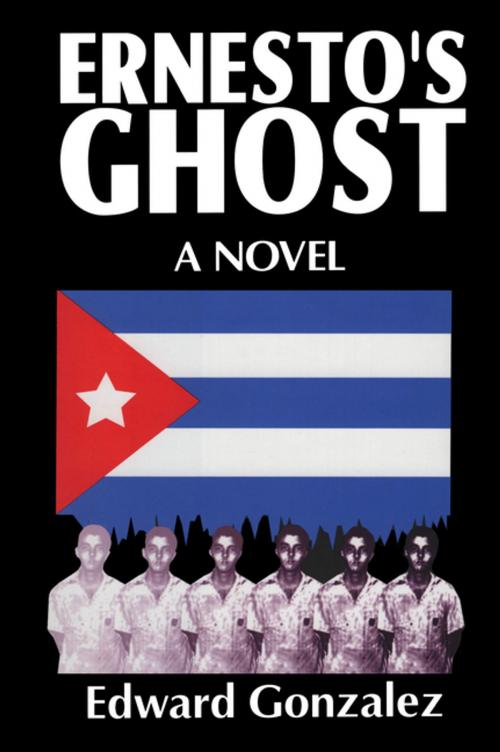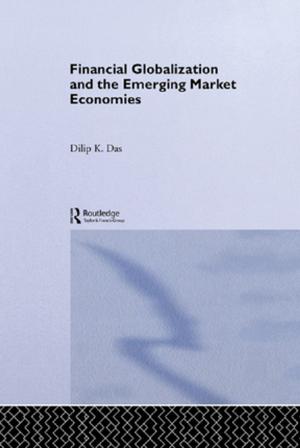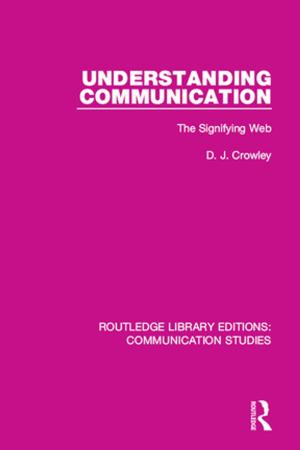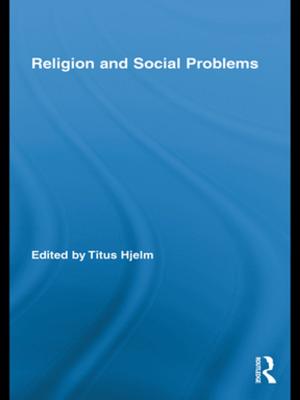Ernesto's Ghost
Nonfiction, Social & Cultural Studies, Social Science, Sociology, Mystery & Suspense, Thrillers| Author: | Edward Gonzalez | ISBN: | 9781351324427 |
| Publisher: | Taylor and Francis | Publication: | January 18, 2018 |
| Imprint: | Routledge | Language: | English |
| Author: | Edward Gonzalez |
| ISBN: | 9781351324427 |
| Publisher: | Taylor and Francis |
| Publication: | January 18, 2018 |
| Imprint: | Routledge |
| Language: | English |
Set against a backdrop of real people and events, Ernesto's Ghost is more than an espionage thriller or historical novel about Cuba. It is about moral choices-the moral choices made by the novel's central character, Professor David Diamond, when he discovers the dark side of the revolution, and the choices made by the other principal characters regarding their revolutionary commitment, their loved ones, and their professionalism. The time is 1974. A possible rapprochement between the United States and Cuba is in the offing following Nixon's resignation. But Henry Kissinger and the State Department are receiving mixed signals from Havana. On the eve of his trip to Cuba, the CIA tries to enlist Diamond in sorting out Fidel Castro's real intentions. The novel follows Diamond in Cuba as he begins to doubt the revolution only to fall in love with the stunning Catalina Cruz. It traces Catalina's own struggle in getting over the death of her beloved Ernesto, the epitome of Cuba's new man, and in ultimately questioning her government's policies. And it is a tale of the two lovers fending off Cuba's all-powerful state and the Comandante himself. On still other levels Ernesto's Ghost follows the dedication and courage of two intelligence officers-the CIA's Rudy Garcya and Joaquyn Acosta of Cuba's State Security-who are guided more by their own moral compasses than by the dictates of their governments. It is also about a revolution gone astray and the conceit of idealism that blinded so many of its followers. Finally, Ernesto's Ghost takes the reader through a labyrinth of political intrigue, with its concluding chapters full of unexpected twists and revelations, with mounting tension and suspense. It will appeal to those who enjoy popular fiction, as well as those interested in learning more about international politics and a major political phenomenon of our times.
Set against a backdrop of real people and events, Ernesto's Ghost is more than an espionage thriller or historical novel about Cuba. It is about moral choices-the moral choices made by the novel's central character, Professor David Diamond, when he discovers the dark side of the revolution, and the choices made by the other principal characters regarding their revolutionary commitment, their loved ones, and their professionalism. The time is 1974. A possible rapprochement between the United States and Cuba is in the offing following Nixon's resignation. But Henry Kissinger and the State Department are receiving mixed signals from Havana. On the eve of his trip to Cuba, the CIA tries to enlist Diamond in sorting out Fidel Castro's real intentions. The novel follows Diamond in Cuba as he begins to doubt the revolution only to fall in love with the stunning Catalina Cruz. It traces Catalina's own struggle in getting over the death of her beloved Ernesto, the epitome of Cuba's new man, and in ultimately questioning her government's policies. And it is a tale of the two lovers fending off Cuba's all-powerful state and the Comandante himself. On still other levels Ernesto's Ghost follows the dedication and courage of two intelligence officers-the CIA's Rudy Garcya and Joaquyn Acosta of Cuba's State Security-who are guided more by their own moral compasses than by the dictates of their governments. It is also about a revolution gone astray and the conceit of idealism that blinded so many of its followers. Finally, Ernesto's Ghost takes the reader through a labyrinth of political intrigue, with its concluding chapters full of unexpected twists and revelations, with mounting tension and suspense. It will appeal to those who enjoy popular fiction, as well as those interested in learning more about international politics and a major political phenomenon of our times.















